
cd_nom

 |
To get the picture, please visit:
Yoan MARTIN
email : martin.yoan95@gmail.com
Despite the Creative Commons license, please inform the author of the use which will be made of his photo
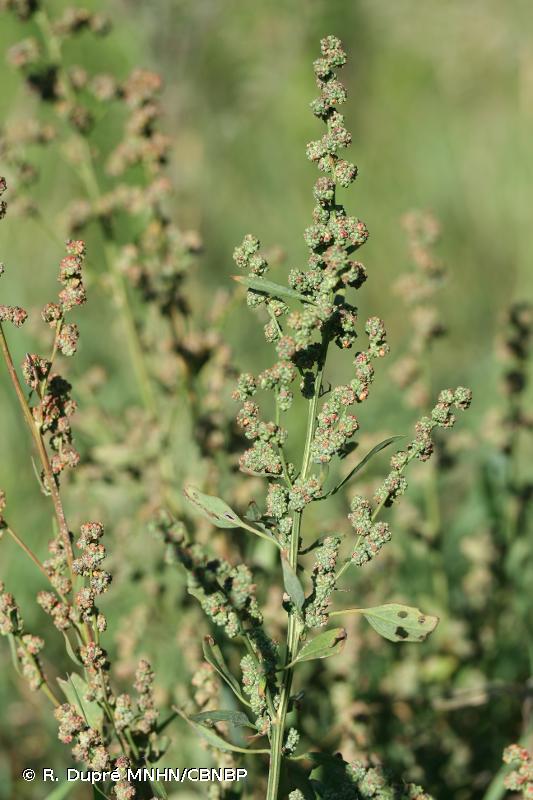
| Author : R. Dupré MNHN/CBNBP |
 |
To get the picture, please visit:
Rémi Dupré
MNHN/CBNBP
email : inpn@mnhn.fr
Despite the Creative Commons license, please inform the author of the use which will be made of his photo
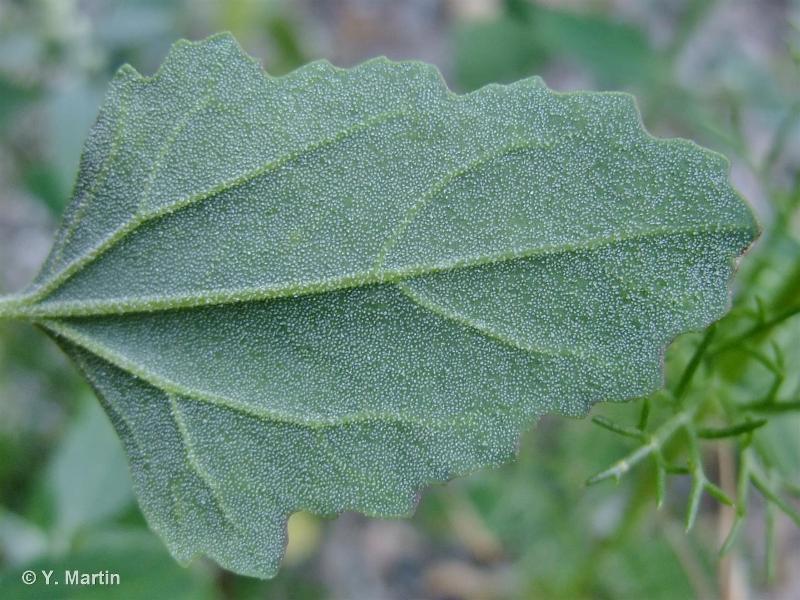
 |
To get the picture, please visit:
Yoan MARTIN
email : martin.yoan95@gmail.com
Despite the Creative Commons license, please inform the author of the use which will be made of his photo
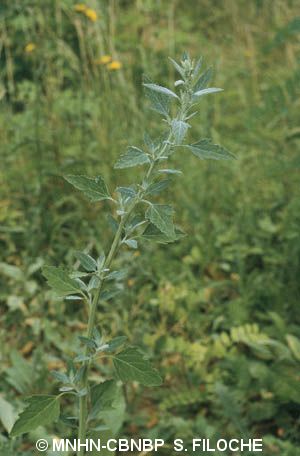
| Author : MNHN-CBNBP S. Filoche |
 |
To get the picture, please visit:
Conservatoire botanique national du Bassin parisien
Muséum national d'Histoire naturelle
Case Postale 51
61, rue Buffon
75231 PARIS cedex 05
cbnbp@mnhn.fr
Despite the Creative Commons license, please inform the author of the use which will be made of his photo
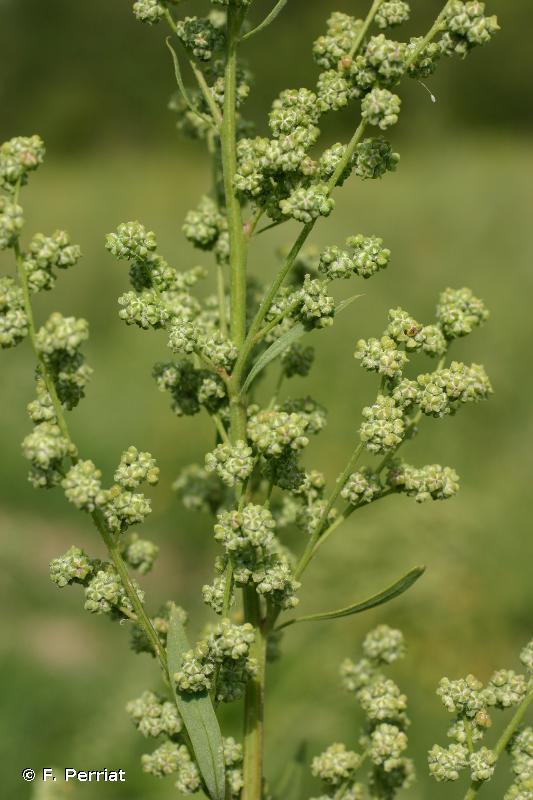
| Author : F. Perriat |
 |
Any reuse of one or more photographs on this site is subject to an authorization request from the author.
Link to the Code of Intellectual Property (Legifrance)
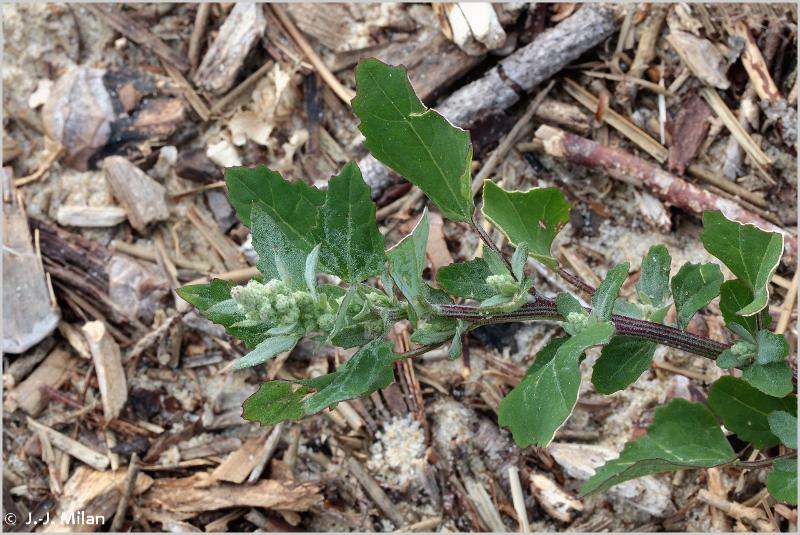
 |
To get the picture, please visit:
Jean-Jacques Milan
http://jjmphoto.fr/#Galeries.B
Société linnéenne de Bordeaux
email : jean.jacques.milan@wanadoo.fr
Despite the Creative Commons license, please inform the author of the use which will be made of his photo
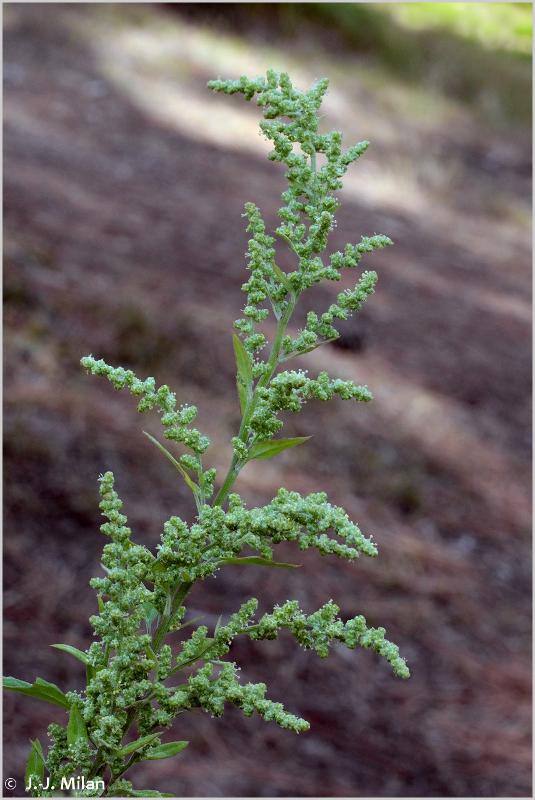
 |
To get the picture, please visit:
Jean-Jacques Milan
http://jjmphoto.fr/#Galeries.B
Société linnéenne de Bordeaux
email : jean.jacques.milan@wanadoo.fr
Despite the Creative Commons license, please inform the author of the use which will be made of his photo
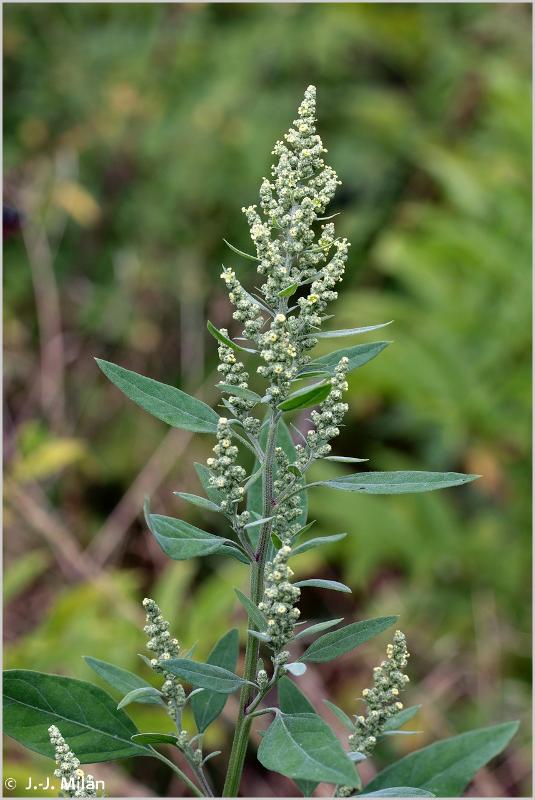
 |
To get the picture, please visit:
Jean-Jacques Milan
http://jjmphoto.fr/#Galeries.B
Société linnéenne de Bordeaux
email : jean.jacques.milan@wanadoo.fr
Despite the Creative Commons license, please inform the author of the use which will be made of his photo
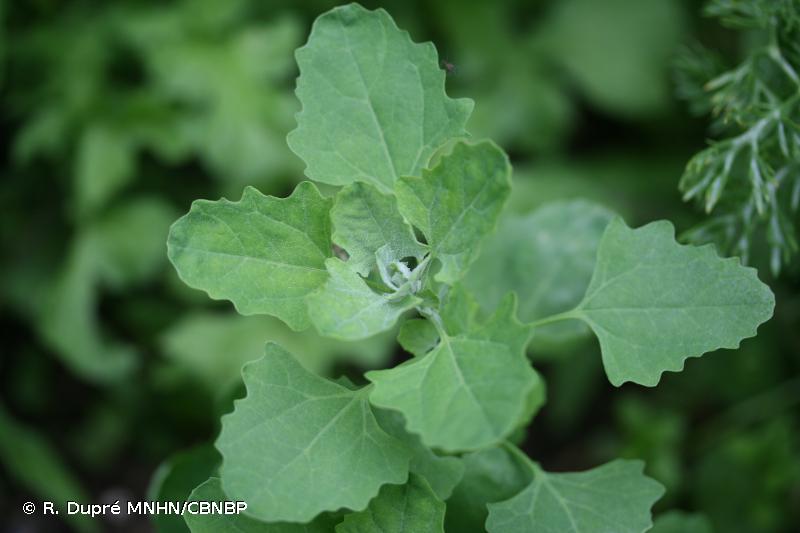
| Author : R. Dupré MNHN/CBNBP |
 |
To get the picture, please visit:
Rémi Dupré
MNHN/CBNBP
email : inpn@mnhn.fr
Despite the Creative Commons license, please inform the author of the use which will be made of his photo

| Author : R. Dupré MNHN/CBNBP |
 |
To get the picture, please visit:
Rémi Dupré
MNHN/CBNBP
email : inpn@mnhn.fr
Despite the Creative Commons license, please inform the author of the use which will be made of his photo
Diagnose :
Herbacée annuelle de 20cm à 1,5 m. L'Ansérine blanche est une plante très polymorphe, d'aspect blanc à farineux, à tige anguleuse striée de vert ou de rouge. Ses feuilles glauques et farineuses, sont alternes. Les feuilles principales sont nettement dentées, et sont remplacées en fin de saison par des feuilles entières ovales à lancéolées. Ses fleurs sont réduites à des glomérules de teinte vert-blanchâtre regroupées en panicule lâche ou étroits. Ses fruits sont des akènes, peu visibles car dissimulés par le périanthe. Les graines sont lisses et carénées. Ses fleurs sont hermaphrodites. La fécondation se fait par l'intermédiaire du vent, le pollen est transporté par le vent vers le stigmate par fécondation croisée. Ses graines sont disséminées par gravité.
Détermination :
Délicate.
Espèces proches :
Du fait de sa polymorphie l'Ansérine blanche peut être confondue avec les autres espèces du même genre (Chenopodium). De plus certains critères distinctifs se concentrent sur les graines, par toujours visibles.
Biologie-ethologie :
Floraison de mai à décembre.
Biogéographique et écologie :
Espèce rudérale des décombres, pieds de murs, friches et cultures. Cette espèce est présente principalement en Europe et dans presque toutes les régions du monde.
D'après : Tison, J.-M., Jauzein, P. & Michaud, H. 2014. Flore de la France méditerranéenne continentale. Naturalia Publications, 2078 pp.
E. Oulès(UMS 2006 Patrimoine Naturel (AFB / CNRS / MNHN)),2016
Continental
Metropolitan France
Overseas
Marine
Metropolitan France
Overseas
The map presents a summary at the 10 x 10 km grid of the observation data for the species transmitted to the SINP. These data have been subjected to validation filters.
The map presents a reference distribution layer of the species at the scale of departments and marine sectors. The presence and absence data were established by expertise within a network of partners. This reference distribution is used in the validation process of the SINP data at the INPN level.
Corresponds to a report on the basis of at least one observation proved within a period of 10 years (20 years for little-known invertebrates) preceding the year and no presumption of extinction since obtaining the last data nor doubt on reproductive and implemented nature of this population. For migratory species, the presence indicated concerns areas of reproduction.
This status is based on one or more of the following criteria:
This point covers the absence, more difficult by nature to demonstrate than presence. This status is based on one or more of the following criteria:
This status must be assigned to a department in which the presence of the species is casual.
Particular case of absence due to a proven extinction less than a half century ago (older disappearances are treated as "no probable or definite").
In the state of knowledge, we can not comment on the presence or absence in the current department. This is the default status when not comprised in one of the previous categories or whenever there is doubt.
The map shows the global distribution of the species based on GBIF data (Global Biodiversity Information Facility).
